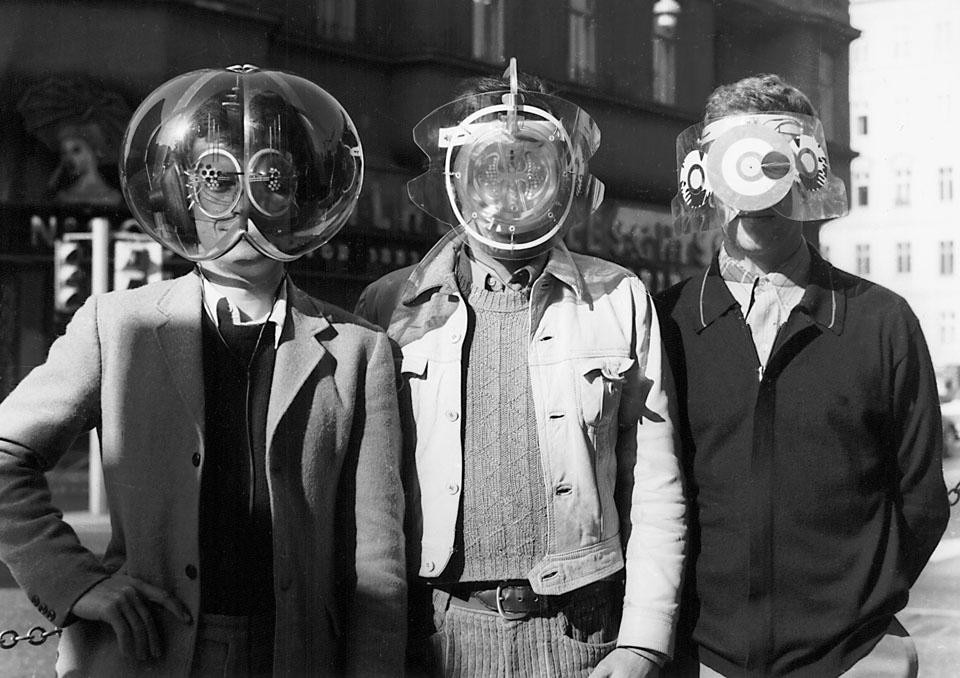Design is life, and it is therefore history. Steeped in the human condition, ideally a few steps ahead of it—and hence a political act—it follows the course of events and at critical junctures is compelled to take the lead and show the world a different way forward. Ettore Sottsass was famously eloquent on this topic, declaring in the late 1960s that design "is a way of discussing society, politics, eroticism, food and even design. At the end, it is a way of building up a possible figurative utopia or metaphor about life".[1] Indeed, at different turns architecture and design have raised red (never white!) flags and creatively proposed corrections under different manifesto umbrellas.
Long before the term Radical Design came to define the Italian movement of the 1960s, architecture and design had at times advocated a departure from the past and proposed radically new ways of living, designing and building. The 1960s were rife with impressive exercises in utopia that rivalled the best novels and movies not only for production-design values, but also in philosophical imagination. From Archigram's breathing, talking and walking cities to the mind-expanding pneumatic existence envisioned by the Viennese group Haus- Rucker-Co, all the way to Superstudio's and Archizoom's soaring megastructures hovering over nature and history, the late 1960s were the triumph of creative utopia. Building over the past without obliterating it, however, did not seem possible in the 1970s, a moment of worldwide crisis and violence. Even dreamers from the previous decade turned to the metaphor of a cleansing, cathartic fire, from the Californian Ant Farm, best known for driving a Cadillac into a wall of burning TV sets in 1975, to Alessandro Mendini's unforgettable pyre of the Lassú chair in the same year.
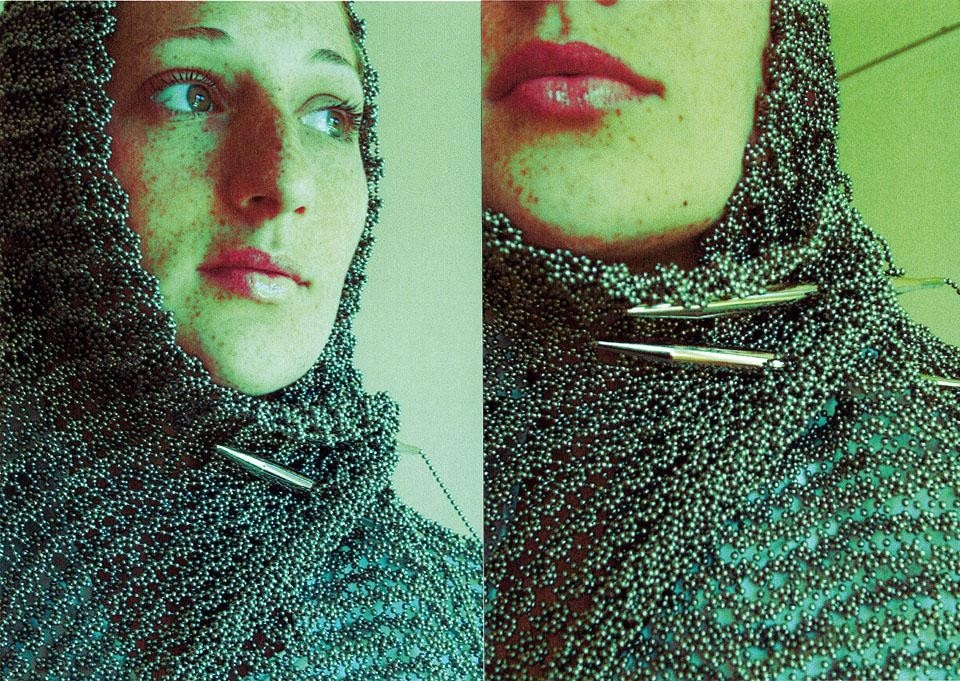
Above: Gayla Rosenfeld, Headscarf (the project was developed within the Industrial Design Department and Bezalel Academy of Art and Design.
In the 1990s—the era of blossoming political correctness and consequent hypocrisy—the purest motives could be overshadowed by the perception or the reality of a branding effort. It was, and still is hard for the world to believe in a multinational corporation's political militancy. Colors, the groundbreaking and still controversial monobrand (Benetton) magazine launched by Tibor Kalman and Oliviero Toscani in 1991, featured thematic issues on topics guaranteed to spark debate. Accused of being opportunistic and inflammatory, its most famous page is perhaps that featuring a black Queen Elizabeth (1993), in an issue about race, together with a Kaposi sarcoma-ridden Ronald Reagan in 1994, in an issue about AIDS. Separated from the Benetton brand, however, its ideas and message proved to be a powerful sign that the world was once again ready for strong and antagonistic ideas.
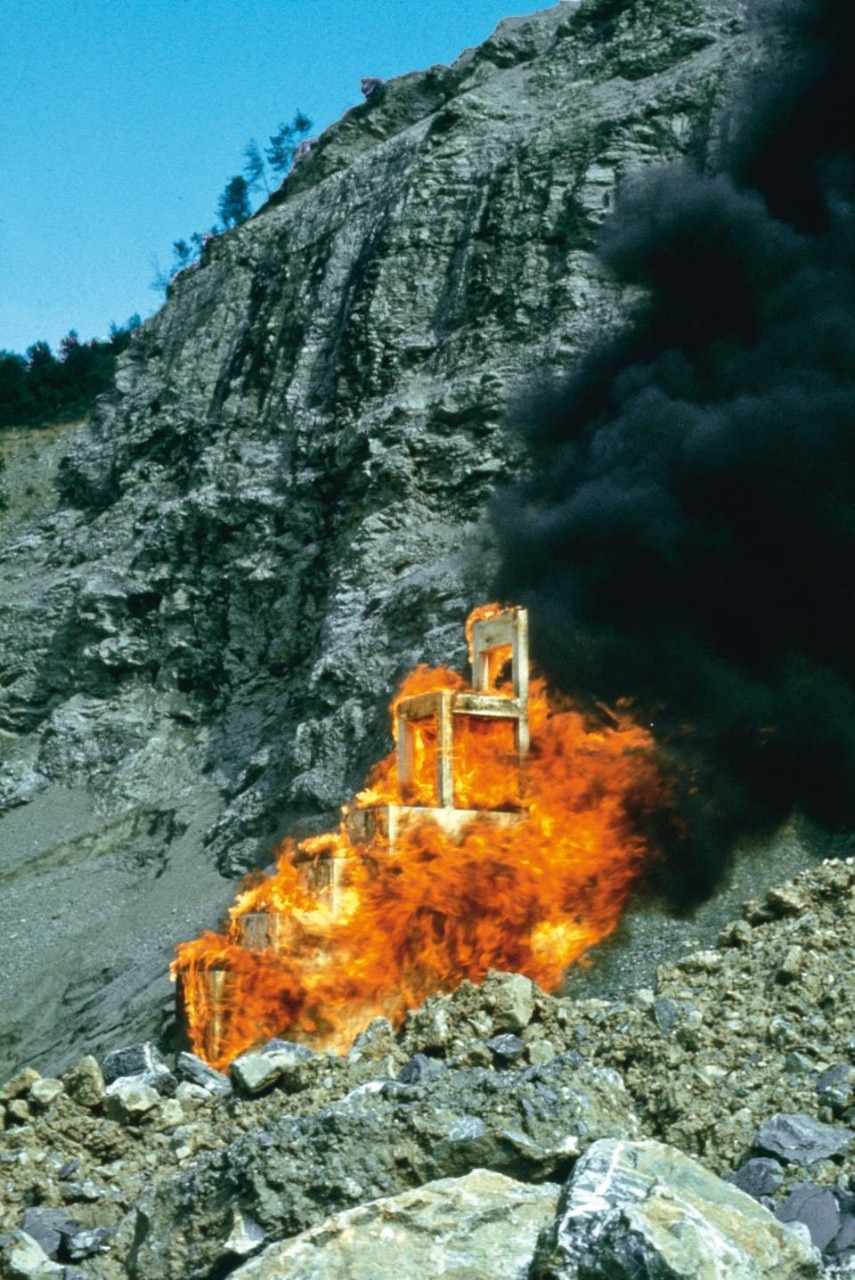
The job of critical designers is to be thorns in the side of politicians and industrialists.
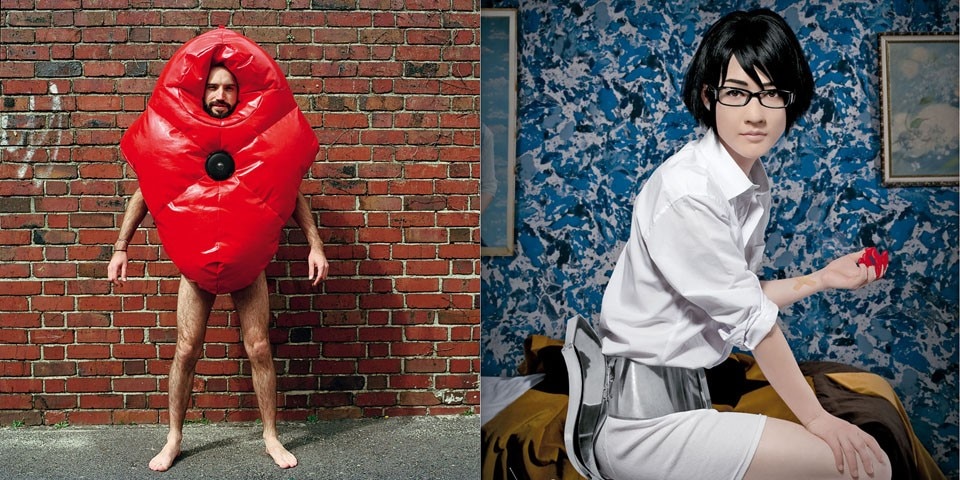
Right: SPUTNIKO!, Menstruation Machine. Takashi’s Take. The machine was developed with research support from Professor Jan Brosens at the Department of Medicine, Imperial College London.
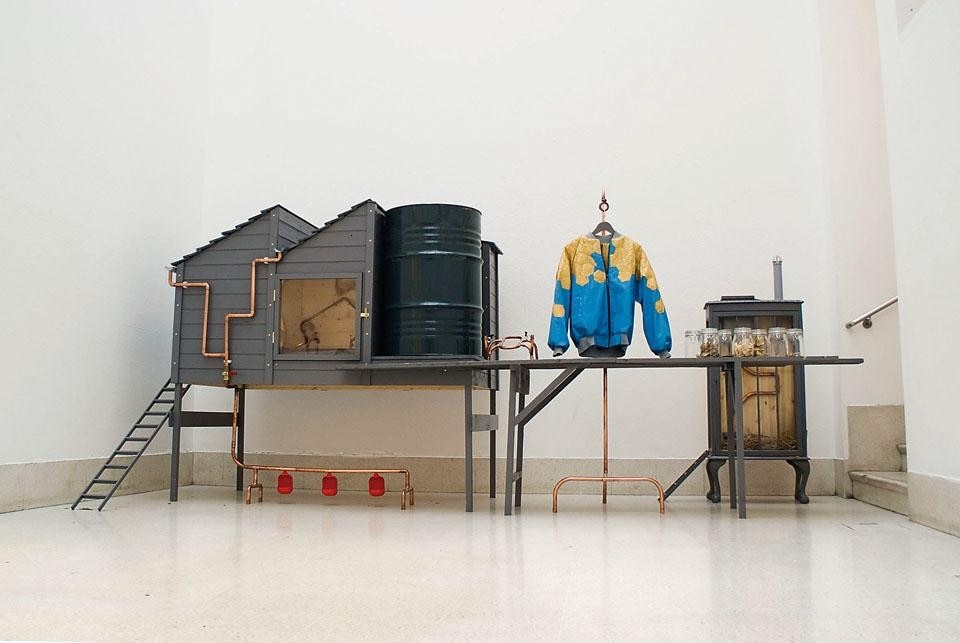
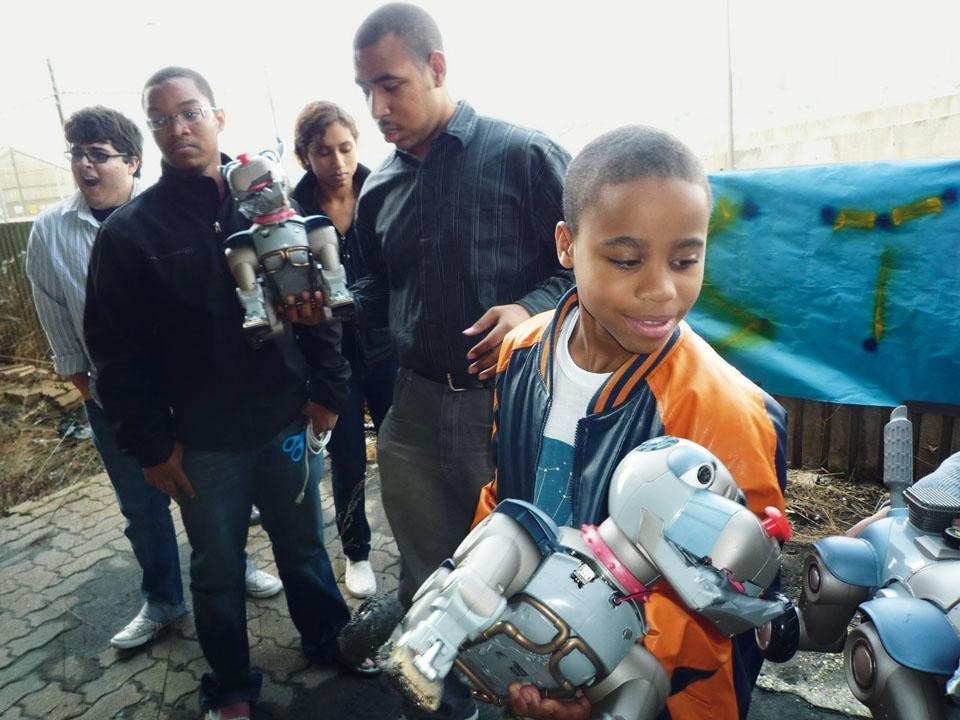

Right: Kieren Jones, The Chicken Project, egg cup constructed from fine poultry bone china (1 chicken = 1 cup).
Both projects display the distinctive traits of an RCA Design Interactions curriculum: poetry, an attempt to celebrate and amplify human rituals and habits using contemporary technology, high production values (the works are usually presented not only as objects, but also as perfectly crafted short films, performances and/or visuals), and a strong philosophical stance about possible and preferable futures. Schools have always been the epicentres of transformation in design discourse and in the design profession. Besides the RCA, the Design Academy Eindhoven also has a strong background in Critical Design. I will never forget its 2006 show at the Milan Furniture Fair, entitled Post Mortem. Director Li Edelkoort, who ran the school from 1998 to 2008, and the instructors at the school, who include some of the most interesting and experimental European designers, asked students to work on the theme of death. As amazing as that show was, no less arresting was this year's, in particular a project by Brigitte Coremans called Biodegradable Coffins for the Stillborn.
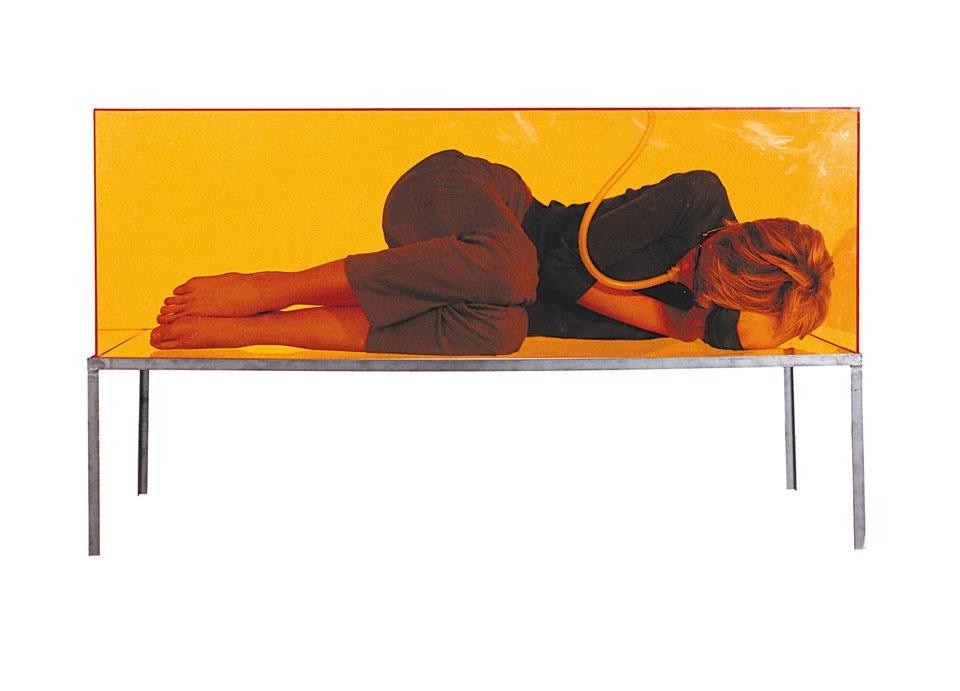
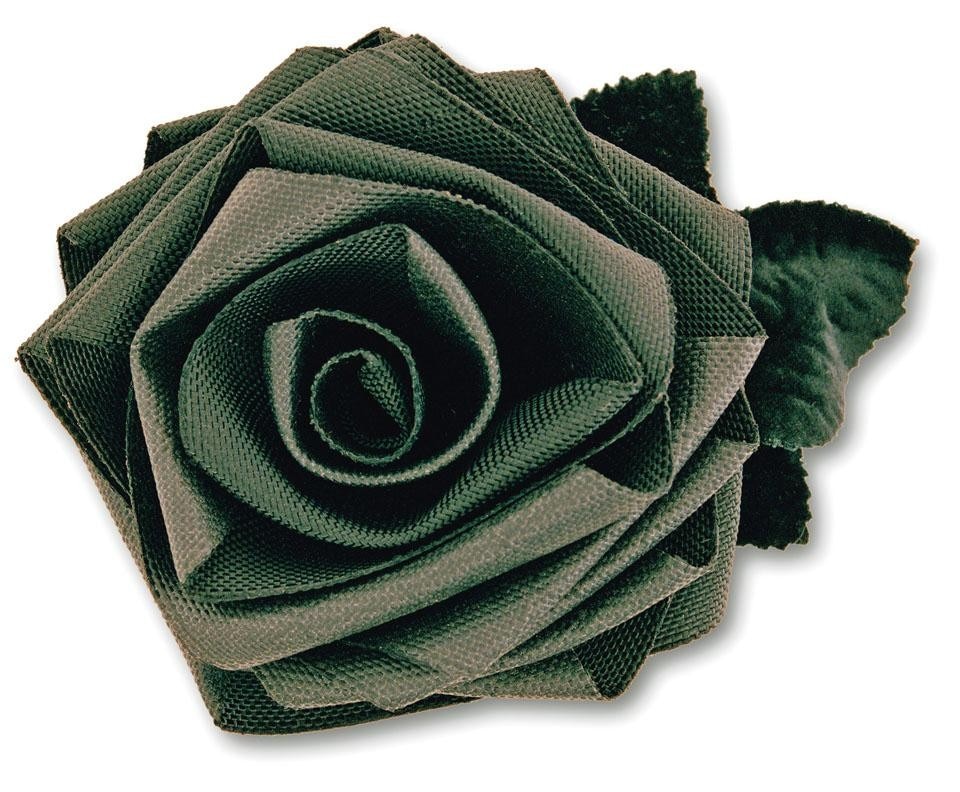
The revolution it is attempting is from within the system, less vehement perhaps, but more knowledgeable and disruptive. If it was air in the pneumatic 1960s and fire in the burning 1970s, what is the element of today's design criticality? Maybe soul, if it can be called an element.
Paola Antonelli
Critic and curator, MoMA
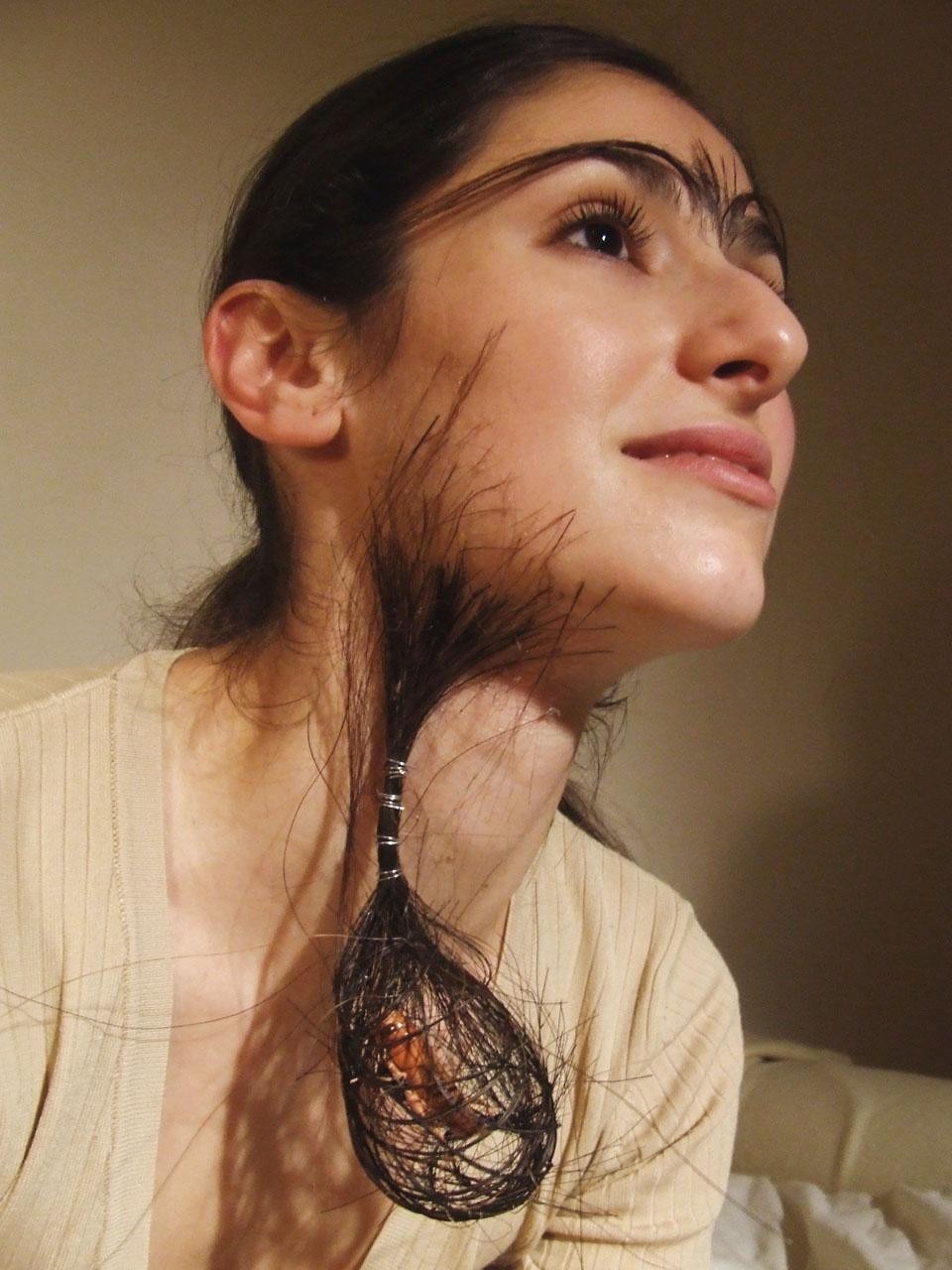
2. See a whole exhaustive page of Critical Design FAQ.
3. Anthony Dunne and Fiona Raby, Between Reality and the Impossible (Entre la Réalité et l'impossible), in Téléportation, catalogue of the 2010 SaintÉtienne International Design Biennal, p.105.

